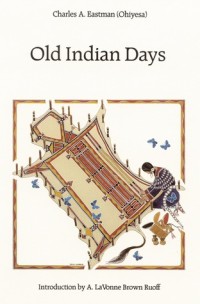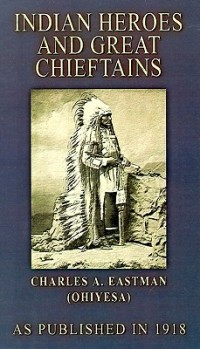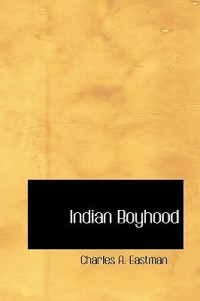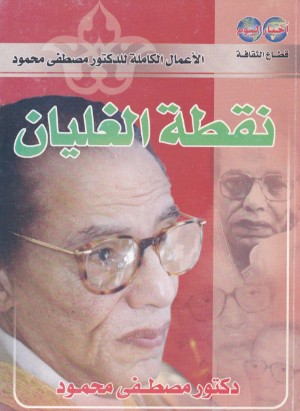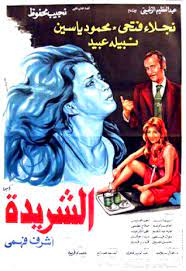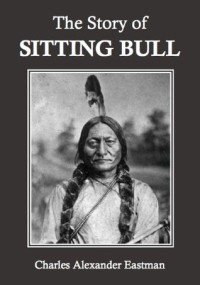
The Story of Sitting Bull (Annotated) by Charles Alexander Eastman Originally published in 1918 in the author’s larger “Indian Heroes and Great Chieftains,” this Kindle edition, equivalent in length to a physical book of approximately 20 pages,
describes the life of Sioux chief Sitting Bull, who led his people in a fight to retain their land, which resulted in the massacre of General Custer and his men at Little Bighorn.Includes supplemental material:•A Brief Profile of Sitting Bull•A Brief Profile of General Custer•About the Battle of Little Bighorn (Custer’s Last Stand)Sample passage:It may be said without fear of contradiction that Sitting Bull never killed any women or children. He was a fair fighter, and while not prominent in battle after his young manhood, he was the brains of the Sioux resistance. He has been called a “medicine man” and a “dreamer.” Strictly speaking, he was neither of these, and the white historians are prone to confuse the two. A medicine man is a doctor or healer; a dreamer is an active war prophet who leads his war party according to his dream or prophecy. What is called by whites “making medicine” in wartime is again a wrong conception. Every warrior carries a bag of sacred or lucky charms, supposed to protect the wearer alone, but it has nothing to do with the success or safety of the party as a whole. No one can make any “medicine” to affect the result of a battle, although it has been said that Sitting Bull did this at the battle of the Little Bighorn.About the author:Charles Alexander Eastman (1858-1939), of both Sioux and Anglo-American ancestry but raised as a Woodland Sioux until the age of 15, was a doctor, writer, lecturer, and political activist. Other works include “Indian Boyhood,” “The Soul of the Indian,” and “From the Deep Woods to Civilization.”




